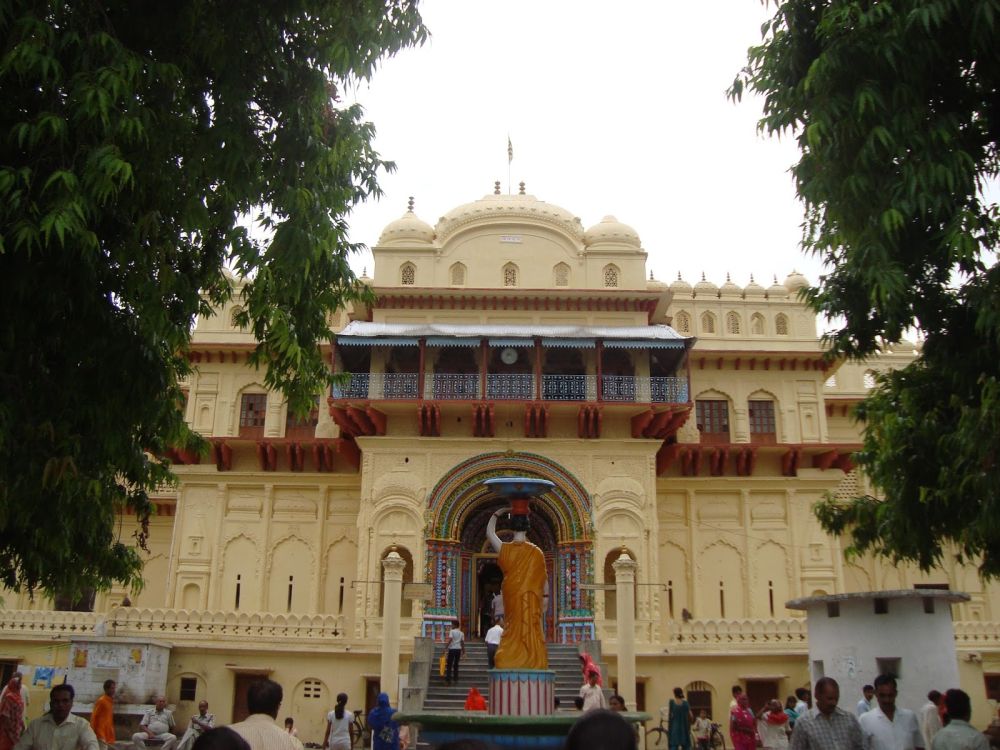

Ayodhya, a city steeped in mythological and historical significance, is home to the ancient mounds known as Mani Parbat and Sugriv Parbat. These parbats or hills play a significant role in the religious and cultural landscape of India, drawing innumerable pilgrims and tourists to this sacred city each year.
Mani Parbat is believed to be a part of the mountain that was carried by Lord Hanuman from the Himalayas to Lanka during the epic Ramayana. According to the legend, a part of the Sanjeevani hill fell here while Hanuman was carrying it to revive Lakshman. Today, it stands at a height of about 65 feet and has several temples and shrines built upon it, the most notable being the temple dedicated to Goddess Sita.
Sugriv Parbat, on the other hand, is associated with Sugriv, a key character from the Ramayana. This mound is approximately 35 feet high and is considered to have been the ancient abode of Sugriv, the monkey king and ally of Lord Rama. The hill also houses temples and provides a vantage point for visitors to view the city's expansive landscape.
The history of tourism in Ayodhya, with Mani Parbat and Sugriv Parbat at its core, dates back to ancient times when pilgrims would travel on foot or by animal-drawn vehicles to visit these sacred sites. Over the centuries, the pilgrimage to Ayodhya evolved into a more organized affair with the establishment of dharamshalas (pilgrim rest houses) and improved connectivity through road and rail networks.
In the modern era, Ayodhya has seen structured development intended to facilitate the growing number of tourists. This includes the renovation of temples, improvement of pathways leading to the hillocks, and better facilities for accommodations and sanitation.
Tourism in Ayodhya has witnessed a resurgence in recent years, with an emphasis on promoting religious tourism and cultural heritage. The Government of Uttar Pradesh has been actively involved in creating an environment conducive to spiritual experiences and historical exploration. Plans for an Ayodhya airport and the development of the Ayodhya railway station are part of these efforts to boost accessibility and encourage more visitors.
Eco-friendly initiatives and sustainable tourism have become more prominent, with efforts to preserve the natural beauty around the parbats. Additionally, the introduction of digital platforms for booking and information dissemination has made traveling to these sites more convenient for the tech-savvy generation.
The Deepotsav event, a spectacular celebration of Diwali in Ayodhya, has set the stage for a new form of experiential tourism, combining spirituality with stunning visual displays and performances. This event alone has catapulted Ayodhya's tourist appeal to new heights, becoming a major attraction for visitors from across the globe.
In conclusion, the historical mounds of Mani Parbat and Sugriv Parbat remain integral to the tourism tapestry of Ayodhya, Uttar Pradesh. The continuous evolution of tourism facilities and the upholding of the city’s ancient heritage ensure that these sacred sites will continue to be visited and revered for generations to come.